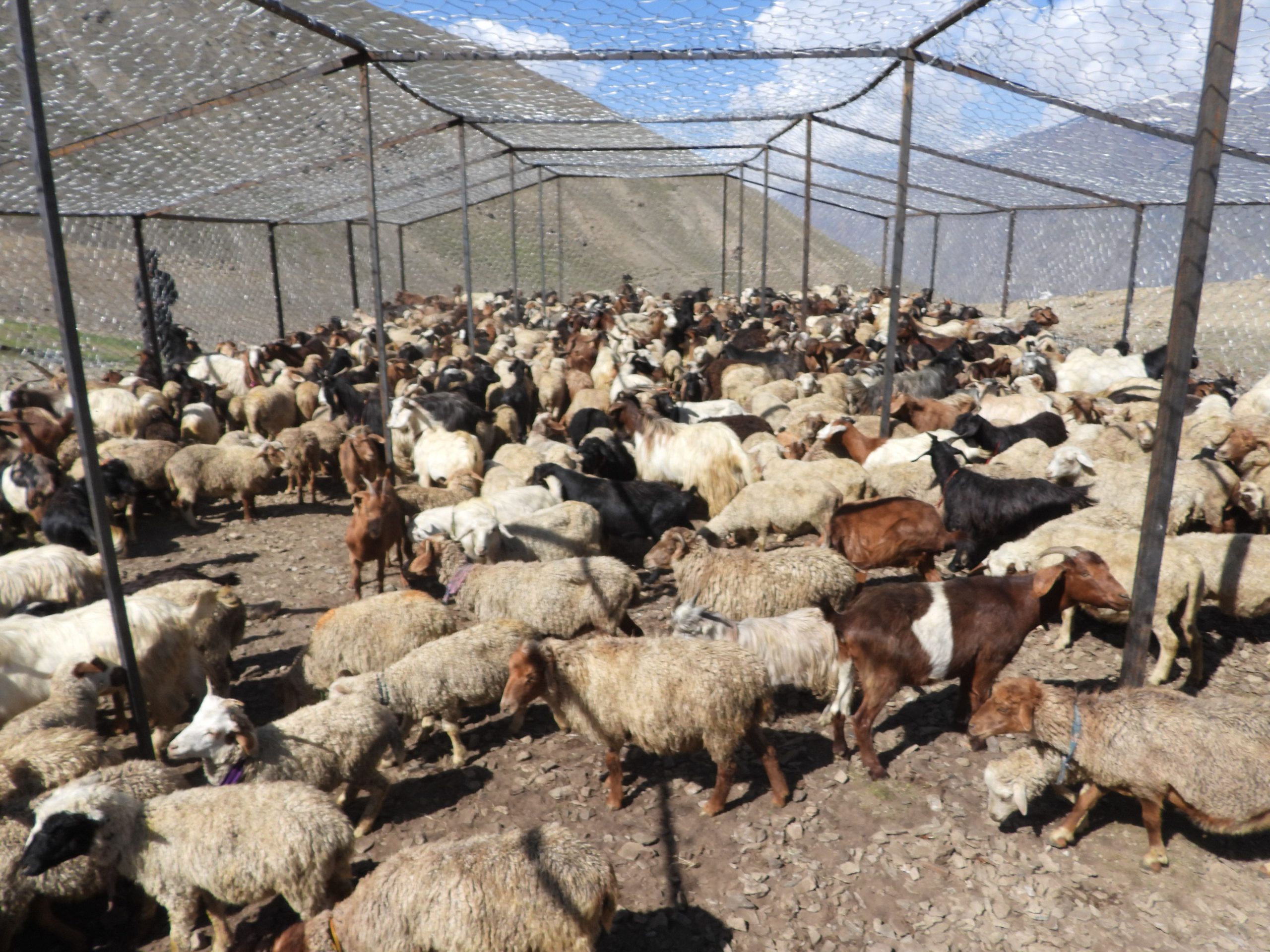Famous for its unparalleled natural beauty and unique cultural practices, Chitral is the largest district of Khyber Pakhtunkhwa (KPK) in the Hindukush range. A popular tourist destination, Chitral is also known for its rich and unique biodiversity, being home to some magnificent animal species including the markhor (Capra falconeri), snow leopard (Panther uncia) Himalayan or Eurasian lynx (lynx lynx), the grey wolf (Canis lupus), Asiatic black bear (Ursus thibetanus), brown bear (Ursus arctos), Himalayan ibex (Capra siberica ibex) and many others.
Historically, this area has been known for harbouring a striking population of the snow leopard and its prey species. However, the increasing human population and expansion of human settlements into the prime habitat of highland alpine wildlife have led to a rise in human-carnivore conflict. One of the reasons for this conflict is the reduction in the carnivores’ natural prey base, comprising wild ungulates such as Markhor and Himalayan ibex. The reduction in prey species is often a result of poaching. As their natural prey declines, carnivores are forced to attack the domestic livestock of local communities which in turn results in retribution killings. With the passage of time, this predicament has only worsened, causing huge economic losses to local communities.
Barghozi Valley is located on the left bank across River Chitral. It has a vital and strategic location from an ecological point of view as the area is nestled between the biodiversity hubs of Golain Valley and Toosh-Sasha Conservancy. In the past, incidents of predation by the snow leopard as well as other carnivores were frequently reported in this valley. To gain more insight into these predation patterns, the Snow Leopard Foundation carried out a survey on the Human-Carnivore conflict in Barghozi Valley and based on the findings, local communities were engaged in conservation.
The survey revealed that that mortalities in livestock were actually far higher than predation. With the aim to mitigate the Human-Carnivore conflict, SLF launched its vaccination scheme in 2008. However, additional killing incidents in highland pastures continued to occur. As a solution, SLF helped construct predator-proof corrals for safeguarding the livestock. The above-mentioned conservation interventions successfully reduced the intensity of human-carnivores conflict, however a few incidents still take place sporadically.
Recently in May 2020, the SLF regional office in Chitral heard about an incident of predation where a large number of livestock was attacked by an unknown carnivore. After a preliminary analysis, the wildlife department noted that the attack could have been carried out by either the snow leopard or the Himalayan lynx, ruling out the possibility of an attack by a wolf. SLF’s Chitral team began its investigation into the incident immediately and collected details from the shepherd whose livestock had been attacked. The team searched for hair or scat samples on the site, however, all they found were pugmarks soaked in blood on the wooden plank inside the shepherd’s pen. It was discovered that a total of 29 goats were killed while 5 were injured. The attacked goats fell in the sub-adult category of 1 to 1.5 years old. All the goats were killed by asphyxiation and slit throat. It was observed that only one animal was partially consumed while the rest were just killed.
Even though the local communities hold the snow leopard responsible for this predation incident, there is little scientific evidence to support their claim. It is noted that the snow leopard moves to a higher elevation during this time of the year and no frequent sighting has been reported in the recent past. Based on the existing evidence, the SLF team concluded that the possible culprit behind this predation is the lynx.



